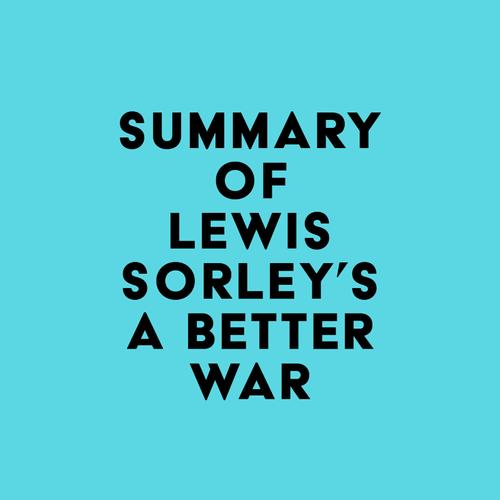Please note: This is a companion version & not the original book. Sample Book Insights:#1 The choice of William Westmoreland as commander of American forces in Vietnam was a fateful one. He was chosen from a slate of four candidates presented to President Lyndon B. Johnson. The others were General Harold K. Johnson, who instead became Army Chief of Staff; General Creighton Abrams, who was assigned as Vice Chief of Staff to Johnson; and General Bruce Palmer, Jr. , who replaced Johnson as the Army’s Deputy Chief of Staff for Military Operations.#2 The war was being fought using the big battalion approach, which was expensive and ineffective. The enemy could avoid combat when he wanted, accept it when and where they wanted, and break contact at will.#3 In 1967, criticism of Westmoreland’s war strategy began to build from many quarters. The primary measure of merit in Vietnam was not body count, but security for the people, and search-and-destroy operations were not contributing to that.#4 The American public was starting to feel the effects of Westmoreland’s having taken over the South Vietnamese armed forces. They felt that the Vietnamese army wasn’t carrying its fair share of the combat effort, and that the emphasis should not be on the military destruction of Communist forces, but on the protection of the people of South Vietnam and the stabilization of the situation at a politically tolerable level.
